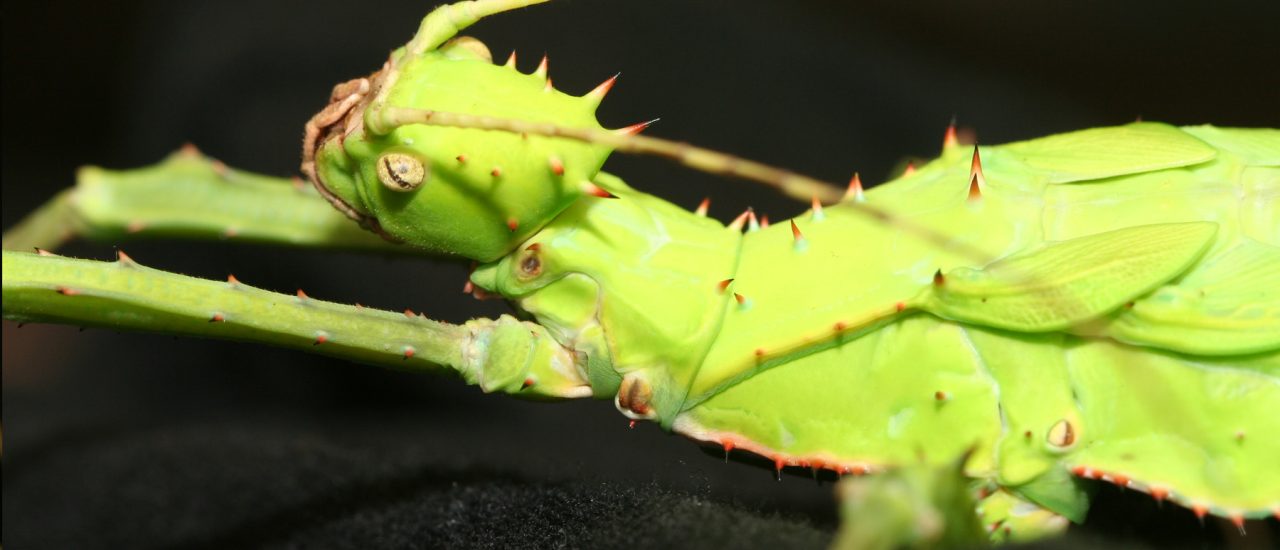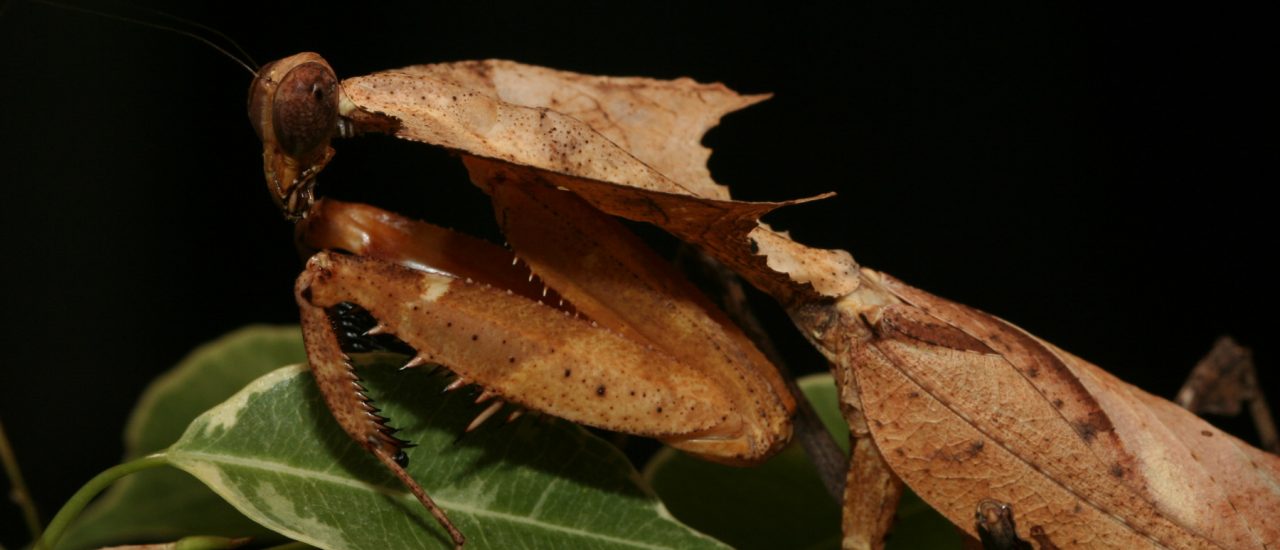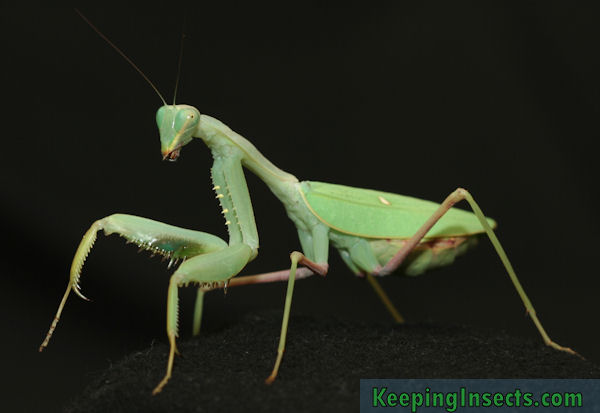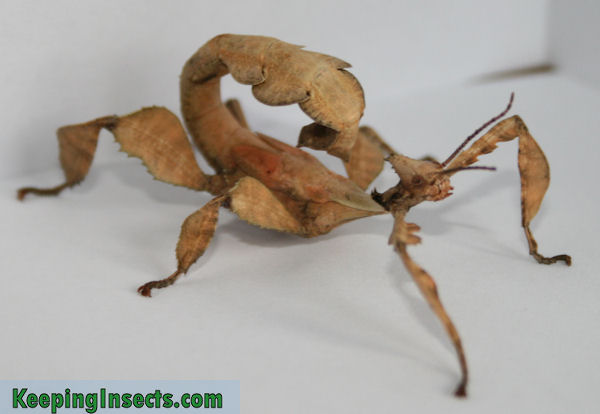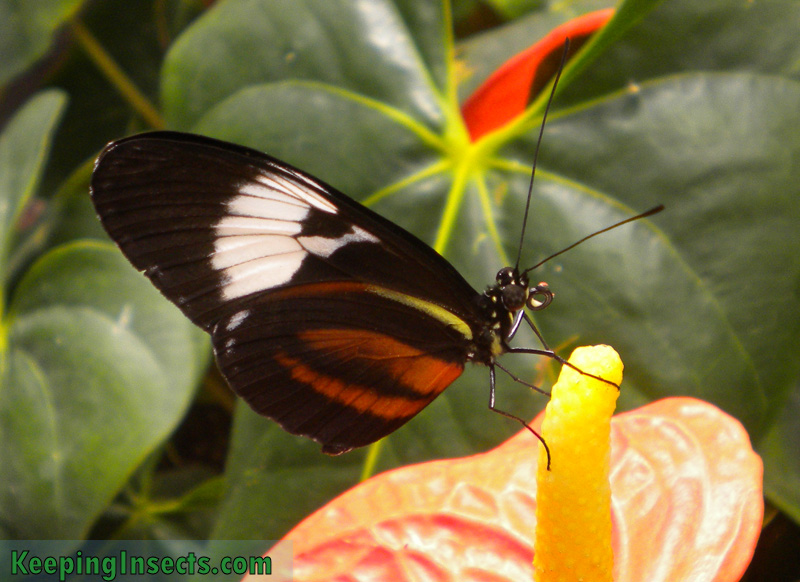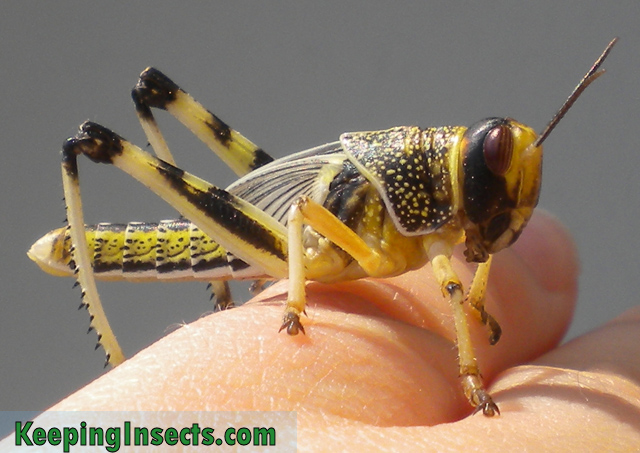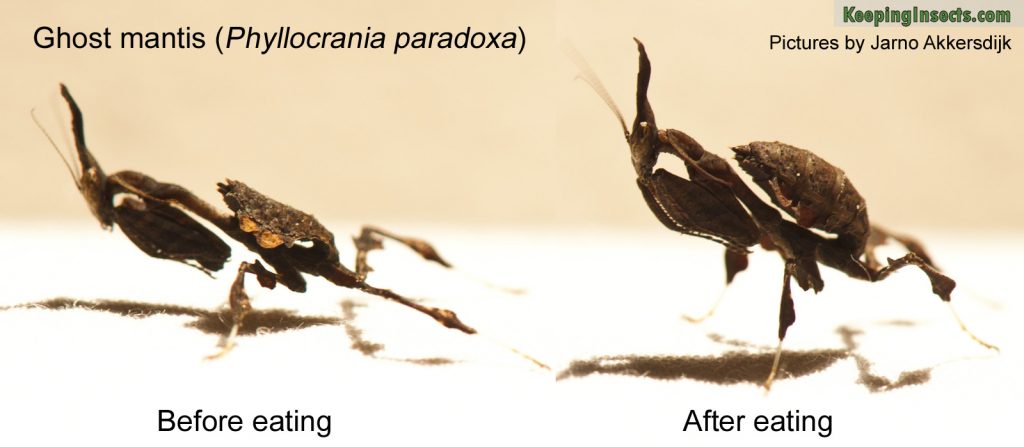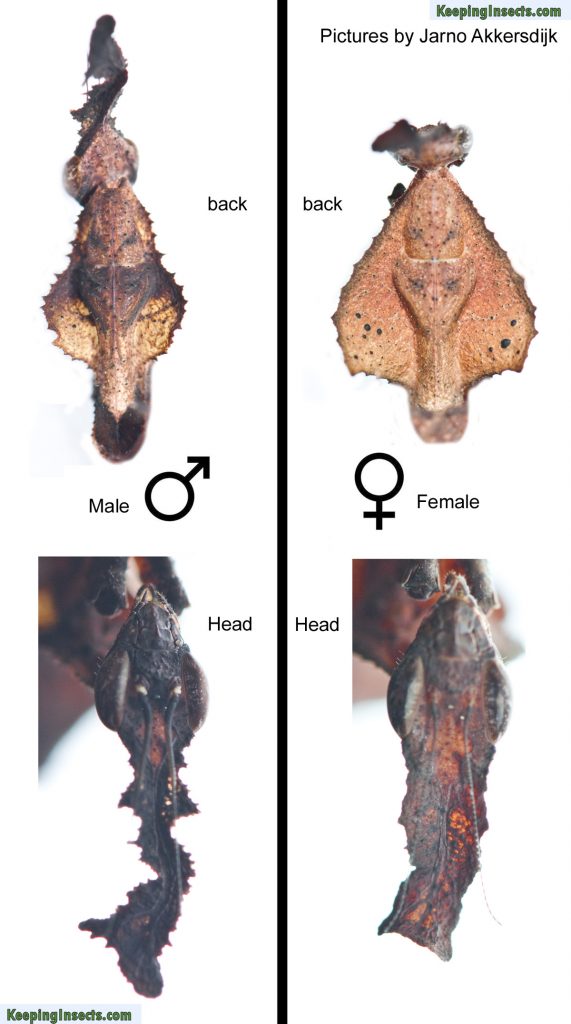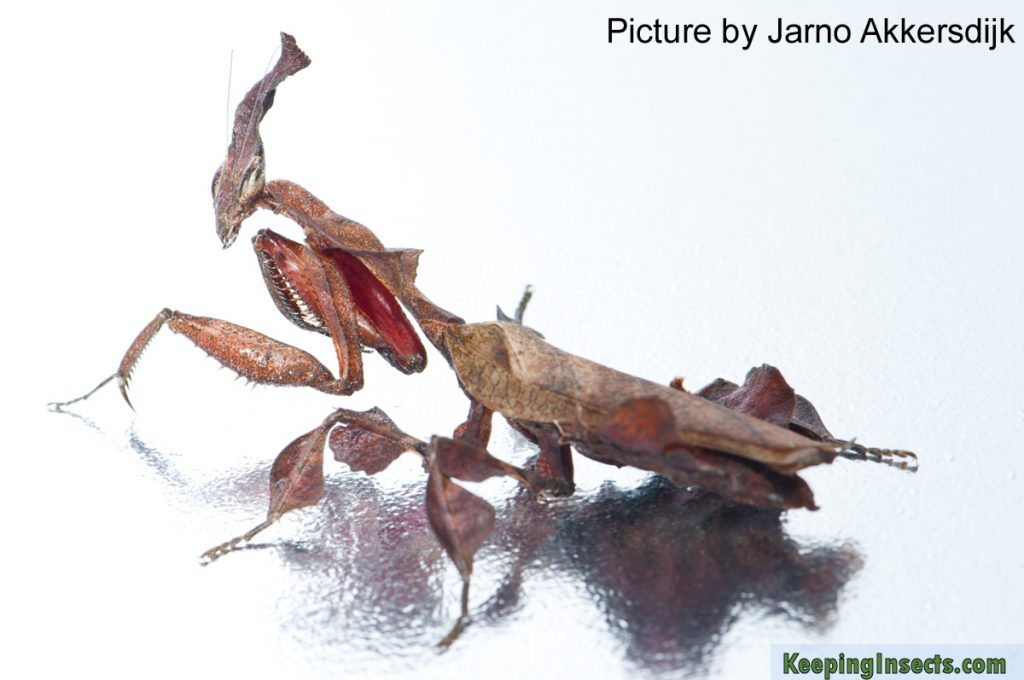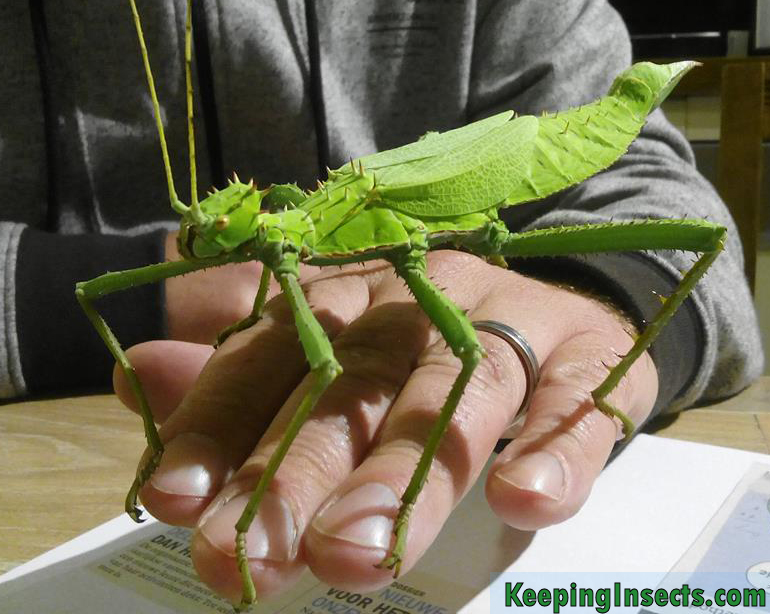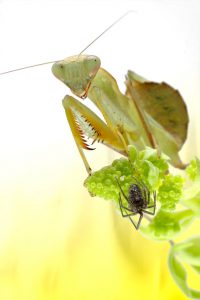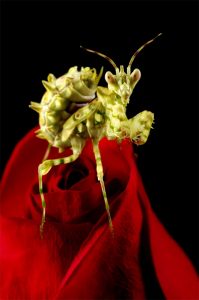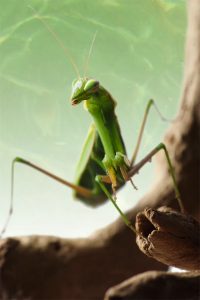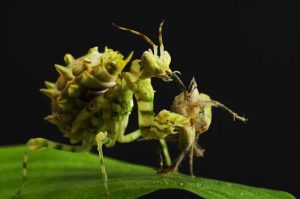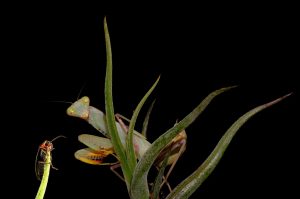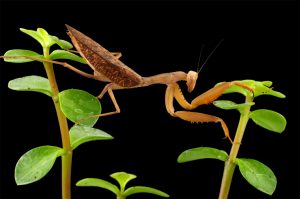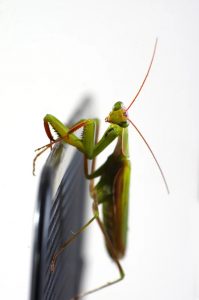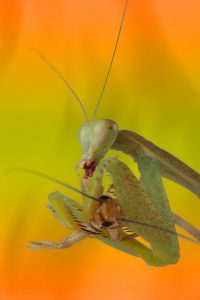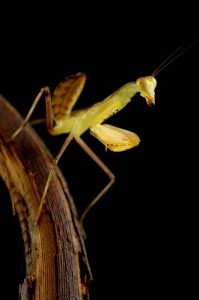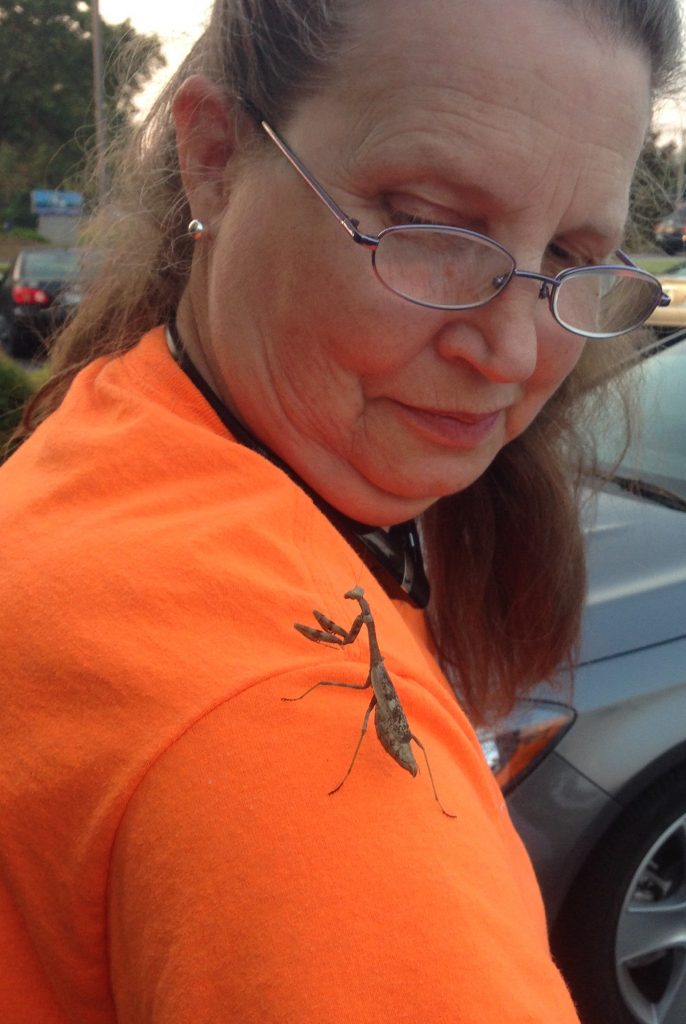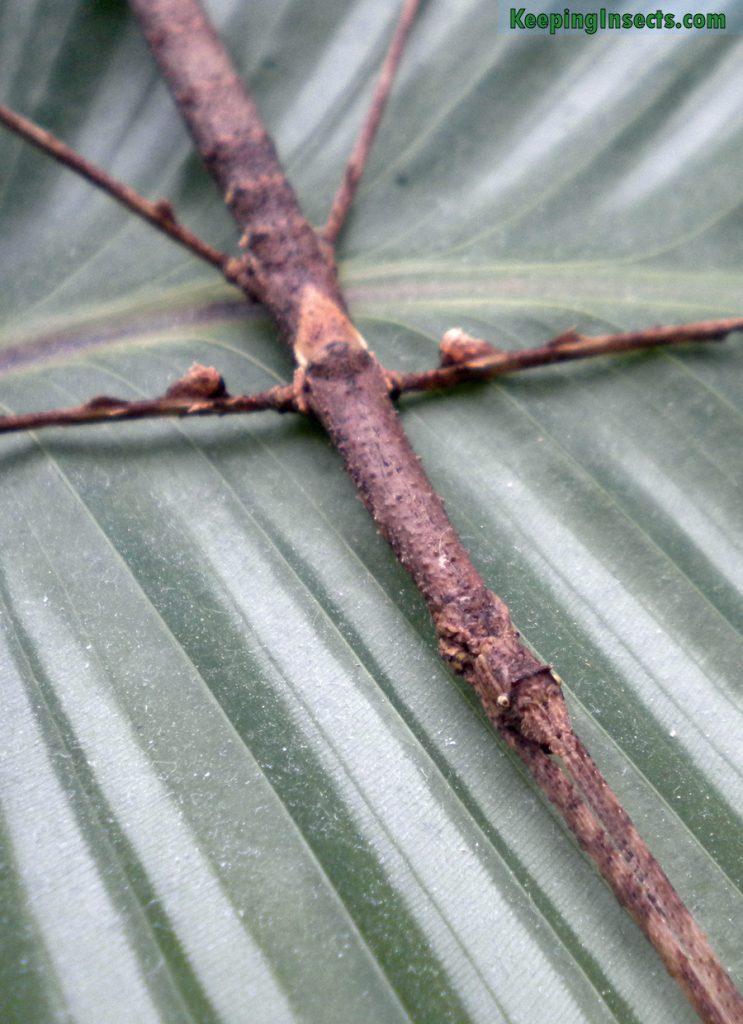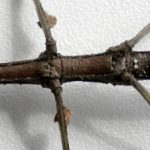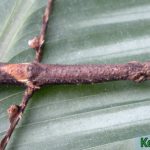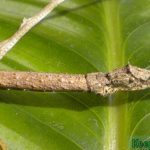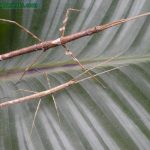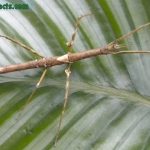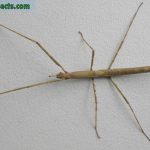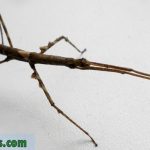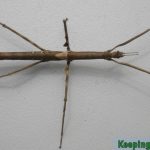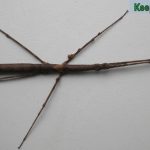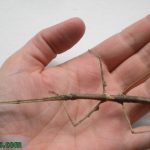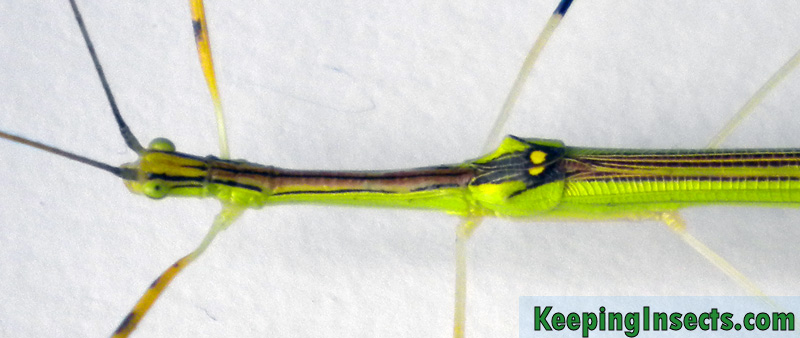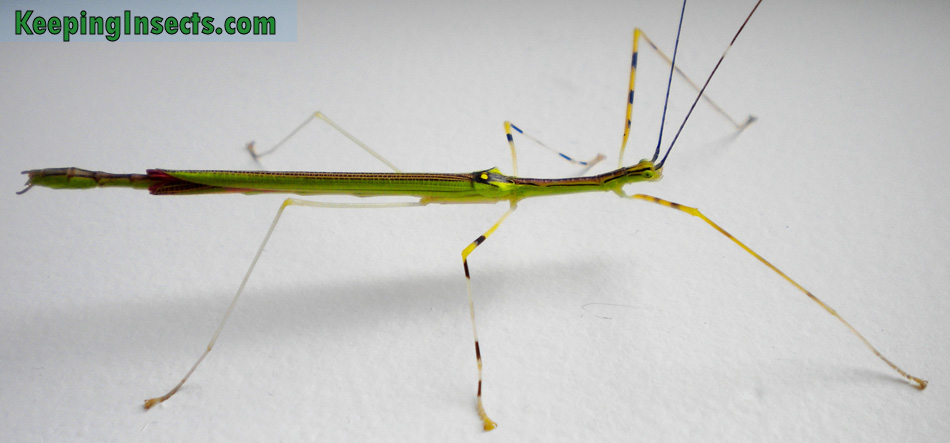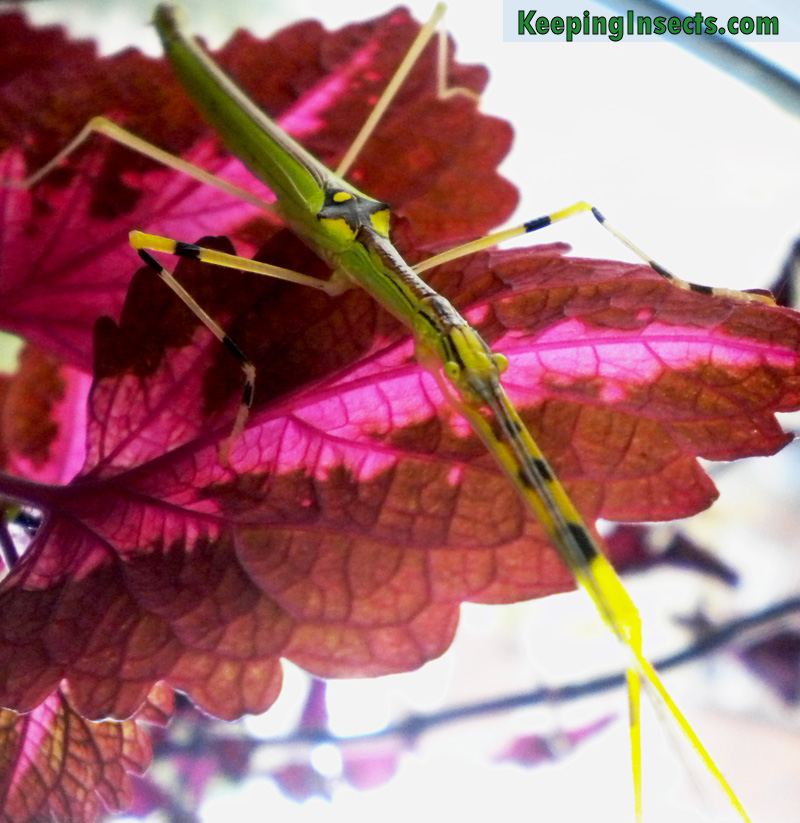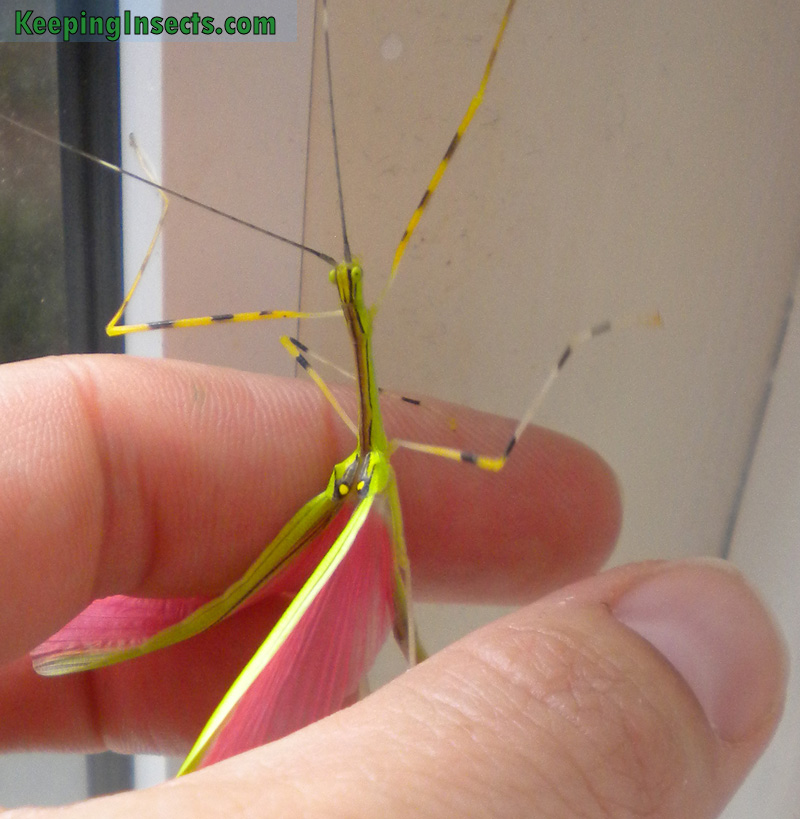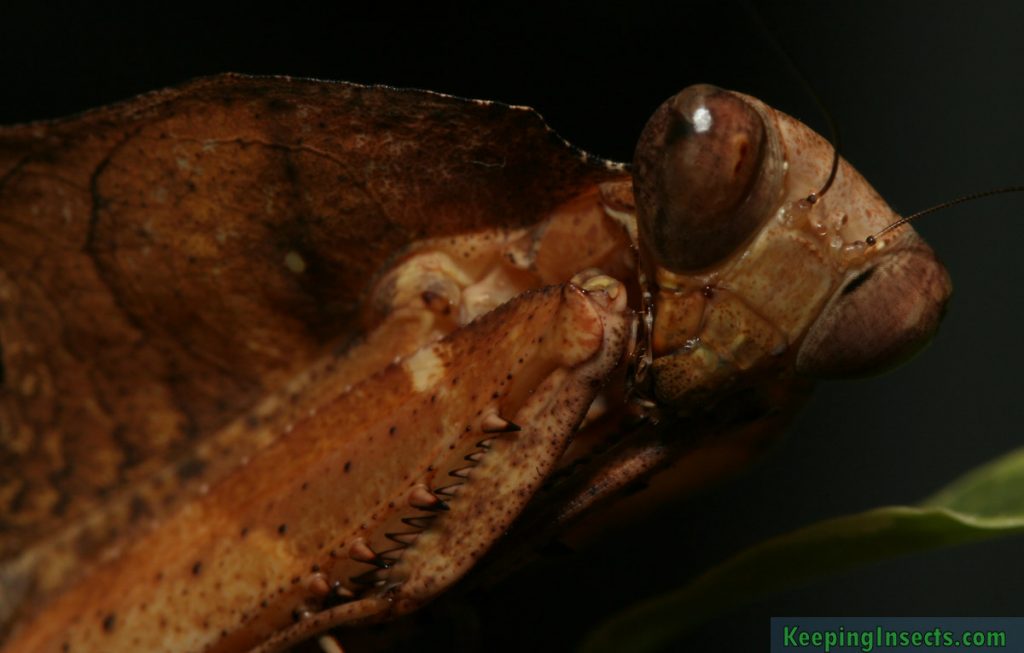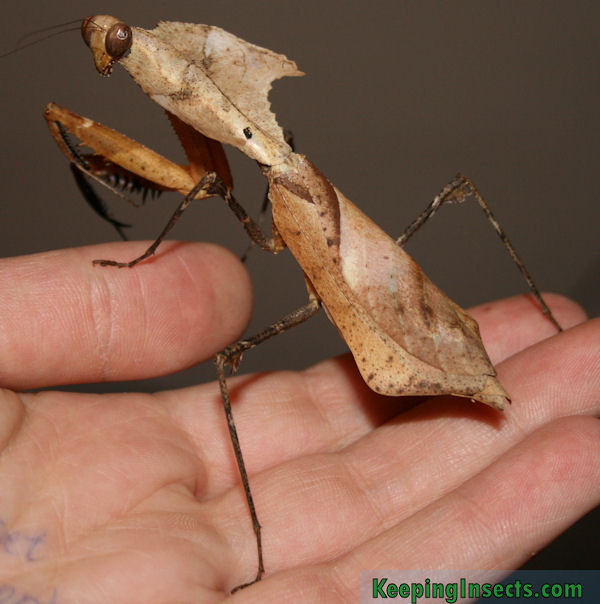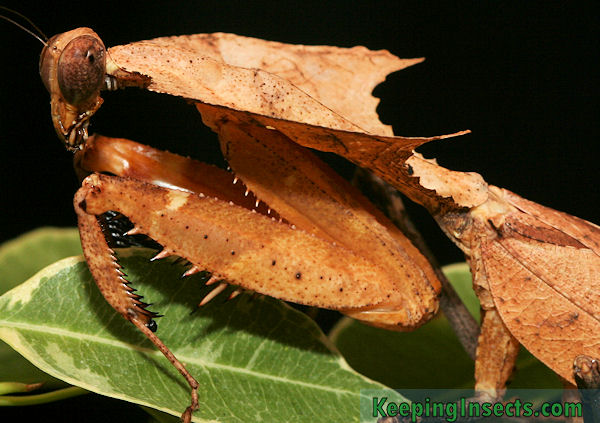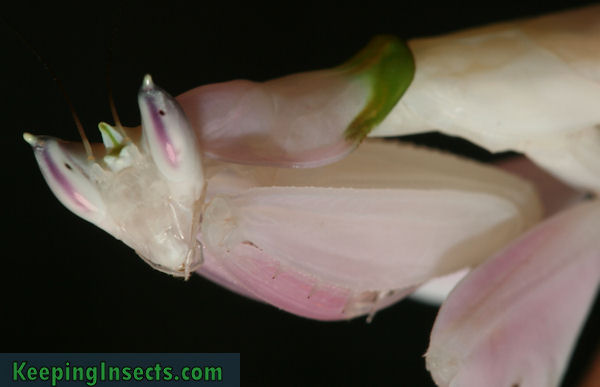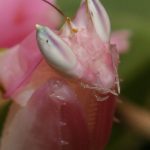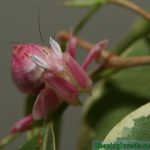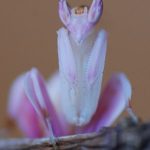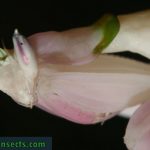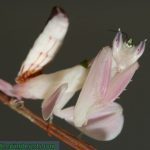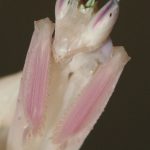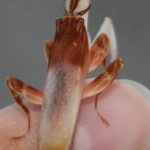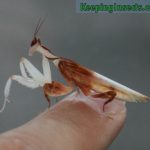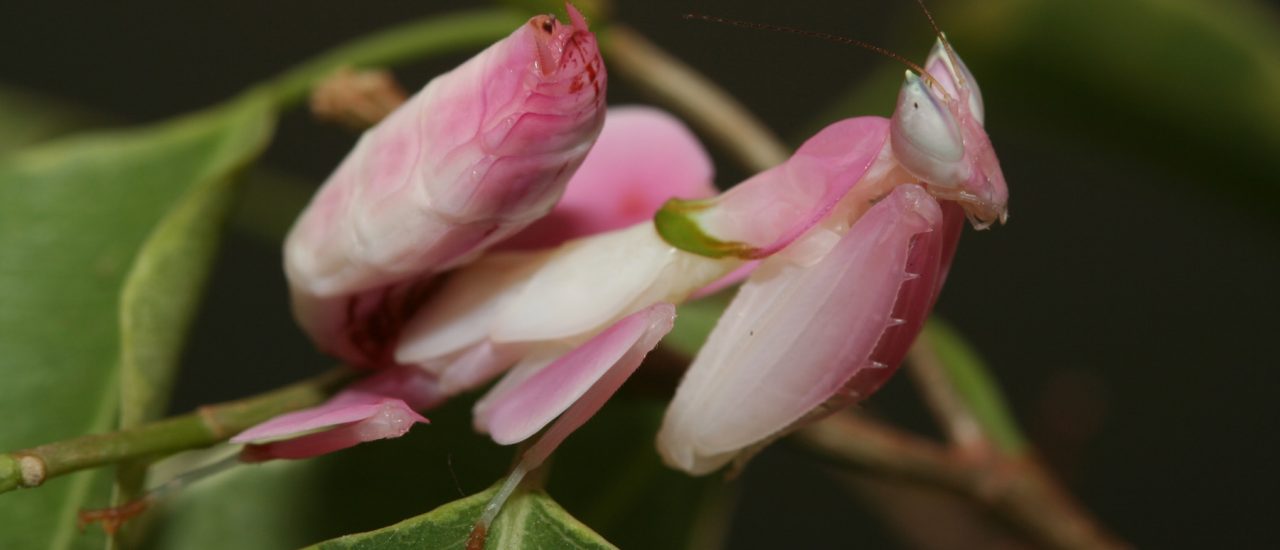
Ghost mantis development in pictures
I’m happy to show you some new pictures I received from Jarno Akkersdijk. He made some stunning pictures of his Ghost mantids and shared them at his website http://ghostmantisnl.wixsite.com/home
I got permission to share them with you too. The pictures are great because they show the growth and development of a mantis in a clear way. Click on the pictures to enlarge them.
Every time the mantis changed her skin, Jarno photographed her with a one euro coin for scale. At the last picture the mantis is adult and will not grow more.
You can clearly see how much food and fat a mantis has in its body. A mantis will store all of this in it abdomen. That is the last part of its body. When the mantis is eating you will see the abdomen becoming bigger and bigger. This picture illustrates that beautifully.
Male and female mantises look different. Here Jarno highlighted some differences between male and female ghost mantises.
Just a nice picture of an adult Ghost mantis (Phyllocrania paradoxa) to end with. You can read more about this mantis species at the link.
New photo: Jungle Nymph
The Jungle Nymph, or Heteropteryx dilatata, is the heaviest of all stick insects. Only females of this species get this big. Females are bright green and can live up to 2 years.
Heteropteryx dilatata occurs naturally in Malaysia.
Read more about this species here: Jungle Nymph.
Some beautiful submitted insects photographs
I got a message from Luc Bouffard from Canada. He is an insect enthousiast and photographer and allowed me to share his pictures with you.
Hi Linda, my name is Luc and I have been visiting your site often to learn more about the insect I photograph. I really enjoy your site, thank you.
Any of my bugs picture you can use for your website if needed.
Here are some of his pictures, click to enlarge them. Check out the rest at Luc’s Google+ page.
- African mantis nymph
- Flower mantis nymph
- European mantis adult
- Flower mantis nymph
- African mantis nymph
- African mantis adult female
- European mantis adult male
- African mantis nymph
- African mantis nymph
The species depicted are the following:
Mantis identification in Louisville, Kentucky
I got an email from a woman in Louisville, Kentucky. She wrote me the following:
I had a Praying Mantis land on me. I am sending a picture that was taken of it on me. I was wondering what species it was. I think it was male one time I look at it and a female the next. Can you tell which it is?
Your truly,
Rosemary
With the picture it was easy to identify it. It is a female Carolina Mantis. It’s occurs naturally in Kentucky and other places in the US. Around this time you will be able to see many adult Carolina Mantises around. They are producing eggs that will survive the winter. The adults will die coming fall, when they have reached the end of their life, temperatures have dropped and food has become scarce. In the spring the eggs will hatch new mantis nymphs to continue the cycle.
Thank you Rosemary for allowing me to use the picture.
Meet Zompro’s Stick Insect
I got a new species of stick insect! I never had this one before. Many people like very brightly colored stick insects, but I also love the camouflaged ones. My first species where all plain stick-like looking, so I’ve kept a special place in my heart for them. The new species I have is Zompro’s Stick Insect, latin name Parapachymorpha zomproi. PSG 224.
I’ve made some pictures to share with you here. You can read more about this species at it’s own page Zompro’s Stick Insect / Parapachymorpha zomproi
- Nymph
What I like of this species is that the female has two tiny horns on its head. It reminded me of Medauroidea extradentata. I was doubting if I did not just find a different variant of Medauroidea extradentata, but the lobes on the legs and that the horns on the head where so short did not add up. Finally I managed to ID it as Zompro’s Stick Insect / Parapachymorpha zomproi.
New species description
For some time I was without any stick insects as pets, but now I could not resist to start again. I got some beautiful Necroscia annulipes specimens. Two males and two females. This species is so beautiful. The colors are amazing. I took some pictures today. To read more about this species, check out Necroscia annulipes.
For more pictures you can check out The Necroscia annulipes page.
The mantis that looks like a dried leaf
There are many mantis species that mimic dead and dried leaves. It’s good camouflage in their natural habitat. But in my opinion, one mantis species is the master of disguise when it comes to leaves: the Dead Leaf Mantis Deroplatys desiccata. Even its Latin name has to do with dried leaves, desiccata means dried.
This is an adult female Dead Leaf Mantis. The females are the best in looking like a leaf. That’s because they are much larger than the males and have longer leaf-like flabs on their body. The males of this species also look like a leaf, but much less so, as they need to be more aerodynamic as they fly. Females do not fly and thus don’t need to weight in the pros and cons of looking more like a leaf. They go all-in!
The males still look like a leaf, but much less so:
If prefer to photograph the females of the Dead Leaf Mantis. I just think they are beautiful. To read more about this mantis species, check out their page.
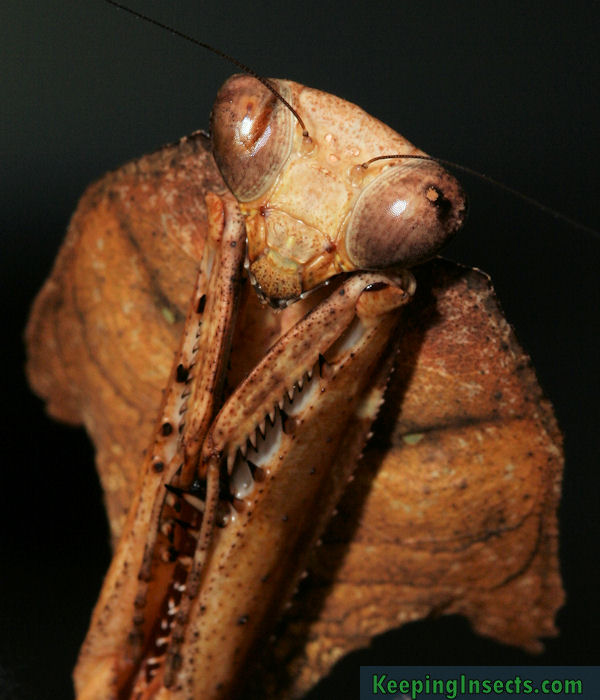
Deroplatys desiccata

Pretty in Pink – Meet the Orchid Mantis
 The orchid mantis is one of the most amazing praying mantis species in the world. It is amazing because of it’s bright pink and white colors. You would think that an insect does not want to stand out – you know, danger of being eaten by a bird, chameleon or other insect-eating animal. Dressing in bright pink might not be the best choice then. But as soon as you see it, you will realise that this praying mantis has another plan… it mimics a flower making it perfectly camouflaged for anything that is not looking for a flower to eat. Next to the colors the body shap is made just like a flower. The legs have big round petal-like shapes on them, the body has a little green stripe making the body outline looking less like a bug. The mantis keeps her arms tucked in, helping to keep the non-insect look. Animals that are looking for a tasty bug will not look too closely at flowers. And little insects looking for a flower? They will be eaten by the praying mantis.
The orchid mantis is one of the most amazing praying mantis species in the world. It is amazing because of it’s bright pink and white colors. You would think that an insect does not want to stand out – you know, danger of being eaten by a bird, chameleon or other insect-eating animal. Dressing in bright pink might not be the best choice then. But as soon as you see it, you will realise that this praying mantis has another plan… it mimics a flower making it perfectly camouflaged for anything that is not looking for a flower to eat. Next to the colors the body shap is made just like a flower. The legs have big round petal-like shapes on them, the body has a little green stripe making the body outline looking less like a bug. The mantis keeps her arms tucked in, helping to keep the non-insect look. Animals that are looking for a tasty bug will not look too closely at flowers. And little insects looking for a flower? They will be eaten by the praying mantis.
Pink and white praying mantis
The females of the orchid mantis are the pretty ones. The males are small and lack color, but the females are big, bright pink with white and their legs look like flower petals.
Click on a picture to see it enlarged.
- Young male nymph
- Adult male Orchid Mantis
Tiny 3D glasses for mantis experiment
Scientist are interested in the freakiest things. And sometimes I’m interested in that too. For example praying mantis 3D vision. If you own a pet mantis you can see that it probably does have excellent 3D vision. How could it otherwise grab a fly perfectly out of the air? Or why would it rotate it’s head like it does if not for a clear 3D view with both eyes? But everything is speculation until you prove it. That’s what scientist at the Newcastle University did. With tiny 3D glasses they proved that praying mantises have and use 3D vision.
The article describing the research:
The praying mantis is the only known invertebrate with 3D perception, however this fact was originally proven in the 1980s using prisms and occluders, which only support a limited number of images. Scientists want to deepen their understanding of the insect, so they’ve taken this research a step further by testing a few mantises with tiny 3D glasses. A team from Newcastle University created a miniature cinema in the hope that the insects would move when they perceived 3D images with the appropriate lenses. The trick worked, but only with a specific kind of spectacles.
Read the rest of the article here
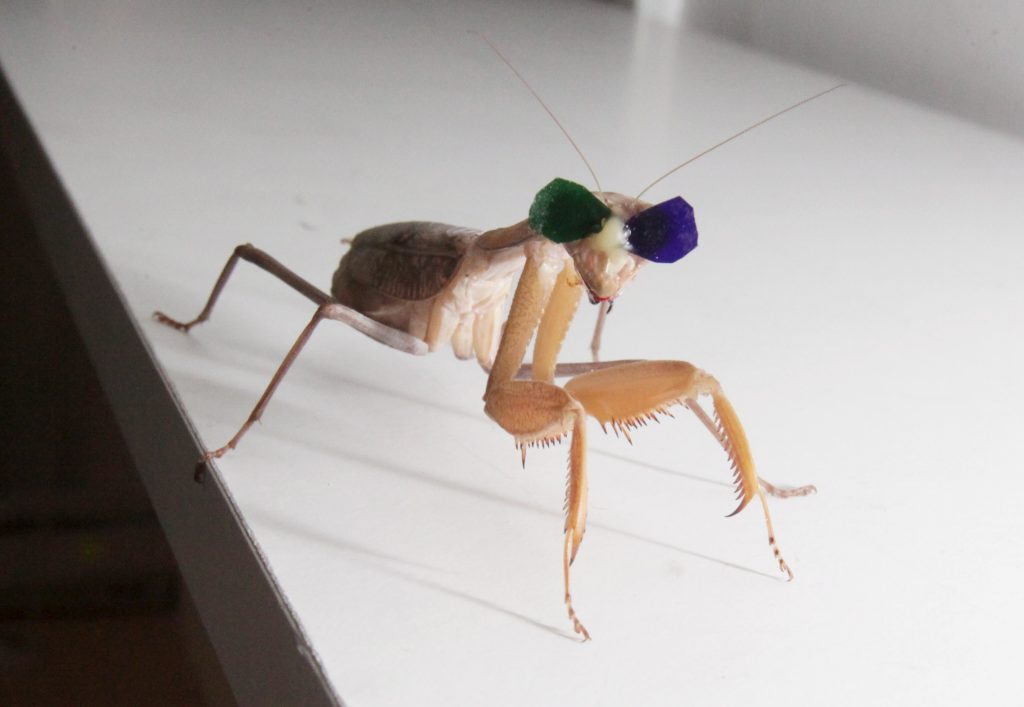
Newcastle University research into 3D vision in praying mantises by Dr. Vivek Nityananda.
Pic: Mike Urwin. 151015
Source: Newcastle University
Video
How do stick insects defend themselves?
Stick insects are the favorite food of many animals. All sorts of birds, lizards and mammals like to eat a tasty stick insect. How does one prevent to be eaten?
There are a few different methods for that:
-
Camouflage
To prevent being noticed by predators, a stick insect can look like a stick or leaf. Most stick insects use this method to prevent being eaten.
-
Spikes and thorns
Some stick insect species have spikes and thorns all over their body. This makes them difficult to be eaten by small predators. Some stick insect species can even pinch with spikes located on their hind legs, sometimes allowing them to fight off a predator.
-
Scary sounds and colors
Some species of stick insect are able to produce sounds with their wings or legs. This can deter predators, especially predators that are young or that are unsure if a stick insect is proper food for them. Most stick insects with bright colors are also poisonous.
-
Being poisonous
Poisonous stick insects are toxic when eaten. There are no venomous stick insects (they have no toxic bites or stings). Unually the toxins also taste bad. Poisonous stick insects often have bright colors, so the predator is warned before it takes its first bite. The toxin could be deadly to the predator, but usually it just makes the attacker feel sick or irritated. Some stick insects, like Peruphasma, can spray an irritating substance from glands on their back onto their attacker. This can irritate skin and eyes, allowing the stick insect to deter predators long enough to escape.
The following video shows a stick insect with bright colors. It also produces a warning sound with its wings in the video. The species name is Achrioptera fallax and it is a poisonous species.

